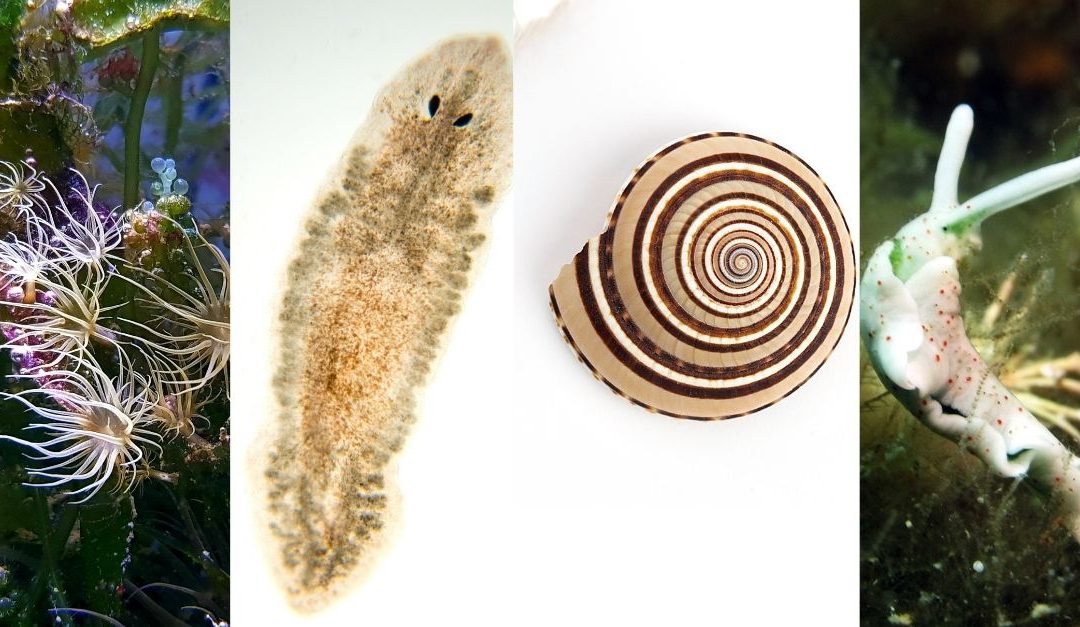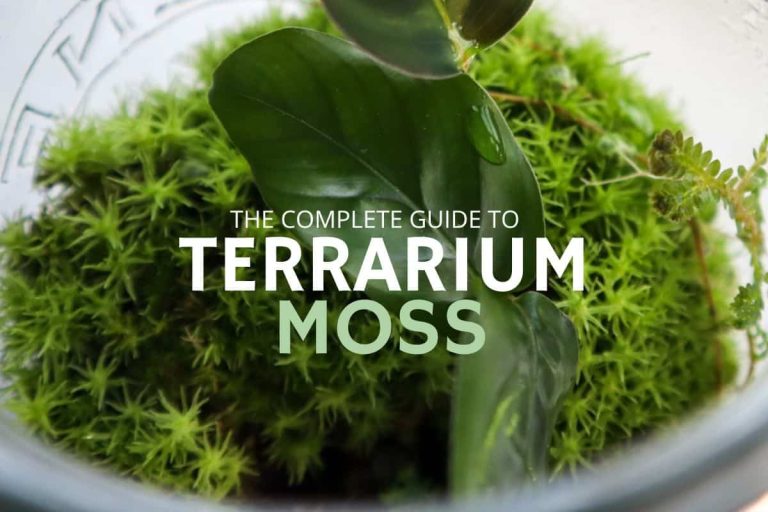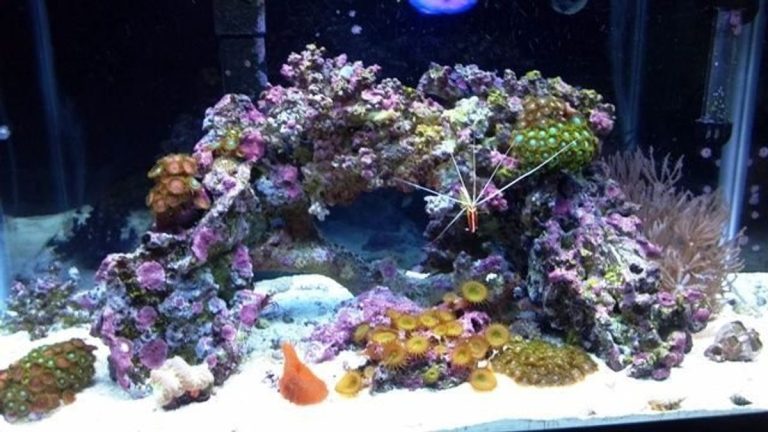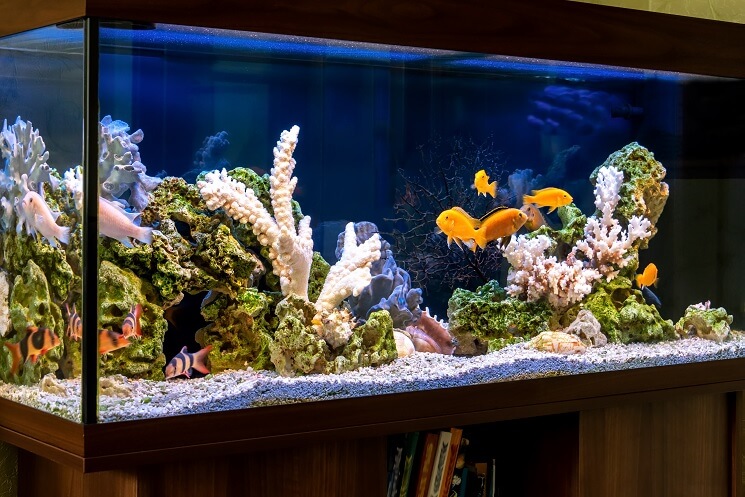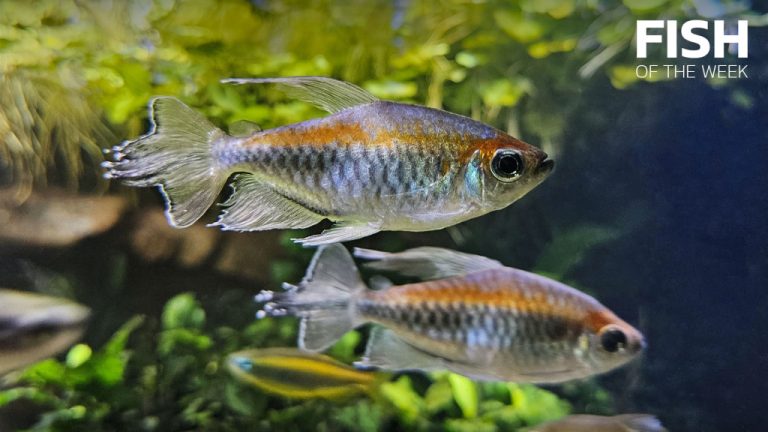Deadly or Harmless? Will Aquarium Salt Kill Snails
Yes, aquarium salt can kill snails. Aquarium salt is a commonly used treatment method to cure certain fish diseases and maintain water quality in aquariums.
However, while it may be effective in treating certain conditions, using excessive amounts of aquarium salt can have negative effects on the other inhabitants of the tank, including snails. This is because snails are sensitive to changes in the water chemistry, especially the levels of salt.
Additionally, the high salt concentration can also lead to a reduction in oxygen levels, further harming snails. Therefore, if you want to keep snails in your aquarium, it is best to avoid using aquarium salt or use it with caution and in moderation.

Credit: www.mercurynews.com
The Effect Of Aquarium Salt On Snails
Explanation Of How Aquarium Salt Works In Fish Tanks
Aquarium salt is a popular and easy-to-use addition to fish tanks. It is composed of sodium chloride and works by increasing the salinity of the water. Salt is often used in fish tanks to prevent or treat diseases, wounds, and parasites in fish, but it can also have an impact on other aquatic organisms such as snails.
When added to a fish tank, aquarium salt increases the osmotic pressure, which allows fish to lose excess water and salts through their gills. This can help to reduce swelling, improve gill function, and remove excess fluid from the body.
Salt can also act as a mild disinfectant and improve the overall health and wellbeing of fish, making it a popular choice among aquarium enthusiasts.
However, the use of aquarium salt in fish tanks can also have negative effects on other aquatic organisms, such as snails. The impact of aquarium salt on snails is a topic of debate, with some experts believing that it is deadly while others argue that it is harmless.
Discussion On Whether Aquarium Salt Is Deadly Or Harmless To Snails
One of the most common concerns when it comes to aquarium salt is how it affects snails. The impact of aquarium salt on snails can vary depending on numerous factors. Here are a few points to consider:
- Salinity: The type and concentration of salt used can significantly affect how snails respond. Snails are more sensitive to salt than fish and can be harmed by even small amounts. Additionally, different species of snails can tolerate different salinity levels, so it’s important to research the needs of your specific species before adding salt.
- Exposure time: The length of time that snails are exposed to salt can also play a role in their response. Short-term exposure to low levels of salt is often harmless to many snails, while prolonged exposure or exposure to high concentrations can be deadly.
- Health: The overall health of the snail can also be a factor in their response to salt. Sick, weak, or injured snails may be more susceptible to negative effects of salt.
Considering these factors, it is clear that there is no one-size-fits-all answer to whether aquarium salt is deadly or harmless to snails. Each situation must be evaluated on a case-by-case basis.
The Different Types Of Snails And Their Reaction To Aquarium Salt
There are several species of snails commonly kept in aquariums, and each may have a different response to aquarium salt. Here are a few examples:
- Nerite snails: These snails are often touted as being the most salt-tolerant and can generally withstand low to moderate levels of salt. However, they may become stressed or die if exposed to high levels of salt for prolonged periods.
- Mystery snails: These snails are generally less tolerant of salt than nerite snails and can be harmed by even small amounts. It’s best to avoid adding salt to tanks containing mystery snails.
- Ramshorn snails: These snails are among the most sensitive to salt and are likely to be harmed by any amount of salt in the water.
It’s clear that the impact of aquarium salt on snails is a complex issue that requires careful consideration. Before adding salt to an aquarium, it’s important to research the specific needs of the snails and the concentration of salt that they can tolerate.
If in doubt, it’s best to err on the side of caution and avoid using salt altogether.
Signs Your Snails May Be Affected By Aquarium Salt
Overview Of The Different Signs That Your Snails May Be Negatively Affected By Aquarium Salt
Snails play a vital role in maintaining the balance of your aquarium’s ecosystem. However, there might come a time when you need to add aquarium salt to treat your fish. But one question that arises here is – will aquarium salt kill snails?
The answer to this is yes, it will harm your snails if not used correctly. Here are some signs your snails may be affected by aquarium salt.
Symptoms Of Exaggerated Slime Production
Excessive slime production is one indication that your snails may not be doing well in an aquarium with salt treatment. You’ll recognize this by the snail’s slime covering the rocks, decor, and gravel in the aquarium.
- Increased slime production: The snail may create a thick smelly slime layer over most surfaces, indicating that it is beginning to break down.
- Soft texture: The slime might have a squishy texture that exposes the animal’s delicate exterior.
Lethargy
Lethargy is another indication of salt poisoning in snails that you might notice. Holding onto objects, moving slowly, and failing to respond to stimuli are common symptoms.
- Reduced mobility: The snails may be less active than usual.
- Unresponsiveness: The snail will stop moving when trying to stimulate them.
- Attachment: The snail may appear to be stuck to a single object or structure for an extended time.
Changes In Appetite Or Behavior
Changes in appetite or behavior can also indicate that something is wrong with your snails. They may start exhibiting unusual eating habits or eating less, indicating that they are unwell.
- Reduced appetite: The snail may not be consuming its regular volume of food.
- Unusual eating habits: Snails can avoid feeding on the ground, choosing to consume from the water column instead.
- Changes in feeding behavior: The snail may begin to feed at unusual times, such as during the day.
Shell Issues
Shell issues may occur in snails exposed to higher levels of salt in the aquarium. The snails’ shells may become weakened, have holes, or deformities, making them more prone to infection.
- Corrosion: The snail’s shell can appear eroded or misshapen.
- Holes: Weak patches on the snail’s shell can form with holes all over.
- Deformation: The snail’s shell may no longer be symmetrical, may show deep-running etches, and have a rough surface.
Whenever you add aquarium salt to your tank, it is essential to keep an eye on your snails’ behavior and look for signs of discomfort. Always read the instructions carefully and follow them to the letter to ensure that salt treatment is the appropriate solution for your aquarium.
How To Prevent Snail Deaths Due To Aquarium Salt
Aquarium salt is an effective remedy for several aquatic diseases, including ich and fin rot. However, its use in fish tanks has been a topic of controversy as some people claim it may kill snails. While salt is not toxic to snails, using the wrong amount can be fatal.
In this blog post, we will discuss how to prevent snail deaths due to aquarium salt.
Discussion On How To Prevent Snail Deaths
Whether you have snails as pets or part of your aquarium’s ecosystem, it’s essential to take good care of them. Here are some tips on how to prevent snail deaths in your fish tank:
- Snails are salt-sensitive creatures, so always test the water’s salt level before adding aquarium salt. Use a hydrometer or test kit to measure the salt concentration. The ideal range for most snail species is between 0.2-0.3%.
- Gradually introduce salt to the water to avoid shocking the snails. Add small amounts over several days until you achieve the desired concentration.
- Avoid using table salt, sea salt, or rock salt, as they may contain additives that are toxic to aquatic life.
- Snails require oxygen to breathe, so ensure that your tank has proper aeration to prevent suffocation.
Step By Step Guide To Using Aquarium Salt Safely In Fish Tanks With Snails
Aquarium salt can be used safely in fish tanks with snails if done correctly. Here’s a step-by-step guide on how to use aquarium salt safely in your fish tank:
- Measure the aquarium’s water volume, and then calculate the amount of salt needed.
- Gradually add the salt to the aquarium water over several days, starting with the recommended dose.
- Monitory the salt concentration daily using a hydrometer to ensure it’s within the recommended range.
- If you suspect that the snails are sensitive to the salt, remove them from the tank and keep them in a separate container until the salt concentration returns to normal.
Alternatives To Aquarium Salt That Can Be Used In Fish Tanks With Snails
If you’re unsure about using aquarium salt, several alternatives can be used safely in fish tanks with snails. Here are some of them:
- Indian almond leaves: They contain tannins that naturally lower ph and improve water quality.
- Aloe vera: It contains natural healing properties for fish and can help cure different diseases, including parasitic infections.
- Catappa leaves: They have natural antibacterial and antifungal properties, which can prevent infections in fish.
Using aquarium salt in fish tanks with snails isn’t harmful, but it requires careful use to prevent snail deaths. By following the tips and guidelines outlined above, you can use aquarium salt safely and effectively in your fish tank without harming your snails.
Frequently Asked Questions For Will Aquarium Salt Kill Snails
Will Aquarium Salt Kill Snails?
No, aquarium salt is safe for snails in recommended dosage.
How Does Aquarium Salt Benefit Aquariums?
Aquarium salt helps to maintain fish health by reducing stress and preventing diseases.
What Is The Ideal Salt Dosage For Aquariums?
The ideal salt dosage for aquariums is 1 tablespoon per 5 gallons of water.
Does Aquarium Salt Harm Live Plants?
Using too much aquarium salt can harm live plants, so it’s important to follow recommended dosages.
Conclusion
As we wrap up our discussion on whether aquarium salt can kill snails or not, it is clear that the addition of this salt to an aquarium can be harmful to snails. However, the effects of salt largely depend on the concentration and exposure time.
It is important to note that snails serve a significant purpose in aquariums, and killing them is not advisable. Besides, the use of aquarium salt can negatively impact other tank inhabitants, such as plants and certain fish species. It is important to maintain a balance in your aquarium’s ecosystem, and resort to other snail control methods, such as handpicking and introducing snail-eating fish.
In essence, the decision to use aquarium salt to kill snails should be carefully considered and only used as a last resort and in the right concentrations.
